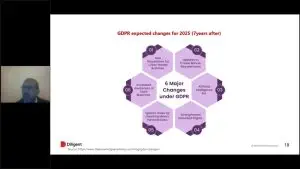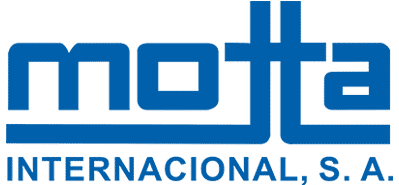Internal Control teams using Operational Controls Management will follow the following process.
- Establish your plan, process, narratives and entity structure
- Model your entity structure to reflect the regions, systems or business units to report on.
- Centralize your library of risks and controls to streamline and harmonize your controls.
- Access pre-built SOX risk and control matrices that align with COSO standards.
- They collaborate with the rest of the company to bring together their processes, narratives, flowcharts, and more (PBCS).
- Perform a risk assessment on controls
- conduct a risk assessment based on industry best practices to focus on controls that will prevent material risks.
- add key attributes and entities to key controls.
- Carry out tests and trials
- Engage in front-line self-assessment of control, perform walkthroughs and tests directly within the platform, analyze transaction data in real time to detect leaks.
- Automate testing and real-time monitoring of controls with Robotics.
- Automate workflows, notifications, and task lists to ensure tasks are completed on time.
- Identify deficiencies and remedy them
- Track, remedy and report deficiencies/problems.
- Automate action plans and assign people to follow up.
- Cite evidence directly within the platform.
- Collaborate with process owners when issues or deficiencies are noted.
- Report to executives and get certified
- Use surveys to manage 302 certificates (SOX).
- Create dashboards for notification of the situation and deficiencies of the PMO.
- Effortlessly update stakeholders with one-click reports.




















